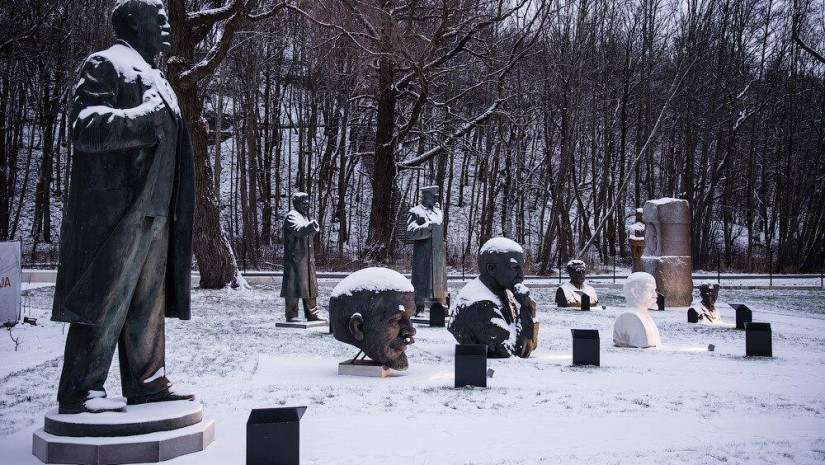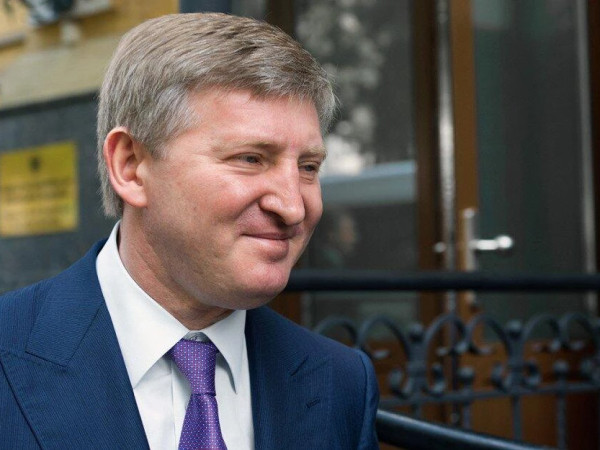The state has allocated close to a million euros towards the removal of Soviet-era monuments from various locations across Estonia through 2022.
Government Office spokesperson Jevgenia Värä said: "€916,405 was allocated to Ministry of Defense agencies towards activities related to the removal from the public space of 'red' monuments which pose a security threat."
The €916,405 was allocated for the physical removal of statues, monuments, graves, plaques and other installations, dating to the Soviet occupation of Estonia.
The drive to remove the various edifices was given a fresh impetus by the invasion of Ukraine by the Soviet Union's successor state, the Russian Federation.
An additional €60,000 was allocated towards a working party set up by the government and tasked with overseeing the removal work and the creation of a neutral grave marker to replace Soviet-oriented headstones, in the case of graves, Vära went on.
This working party finished its task in late November, concluding that there were 244 items which would need to be removed, from the total 322 it mapped.
Fifty-six of these had already been dealt with up to that point.
Four more monuments required separate treatment given their location – the Estonian Defense Forces (EDF) cemetery in Tallinn, and the Maarjamäe development in Pirita, also in Tallinn.
A further 74 monuments were adjudged to be "neutral" and so will not be altered or removed.
The work to deal with the remaining Soviet-era installations is ongoing.
In most cases, the removal, relocation or alteration of these relics of the Soviet period were down to local government, with the exception of sites which contained human remains as an integral part of the installation, in which case the state was responsible.
So far, around 830 sets of human remains have been thus re-interred.
The Ministry of Defense War Graves Committee, along with the national war museum at Viimsi, were tasked with much of this work.
One of the most high-profile cases saw local government, in Narva, fail to come to a decision on the fate of a World War Two-era Soviet tank, which was situated on a plinth just outside the city, by way of commemorating the fallen (on the Soviet side).
The state in this case stepped in and relocated the tank to the Viimsi museum, where it remains. It was found to be the genuine article, even with some engine oil left inside, ERR reports.















